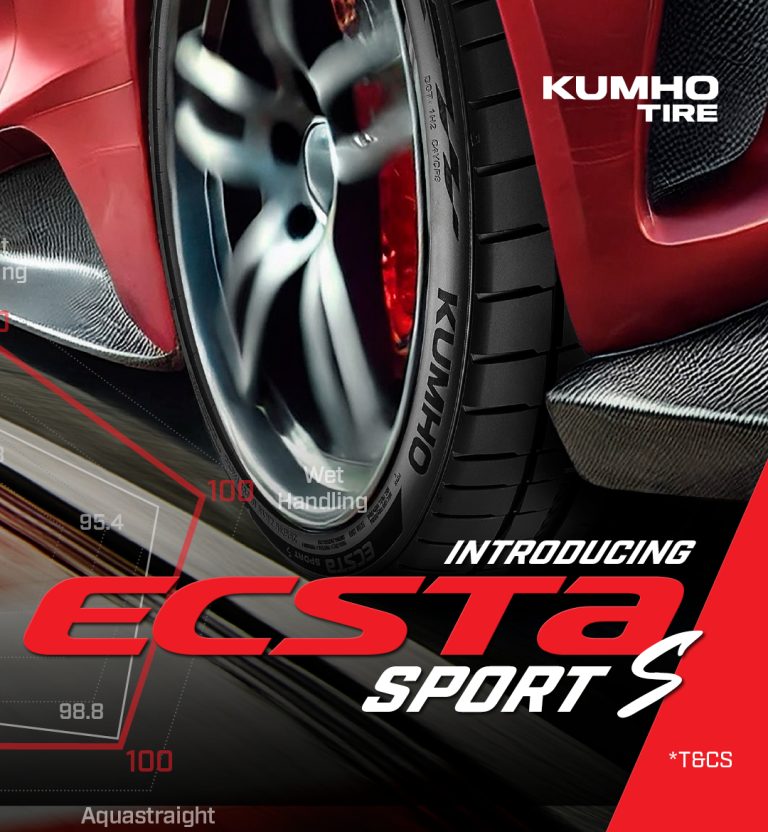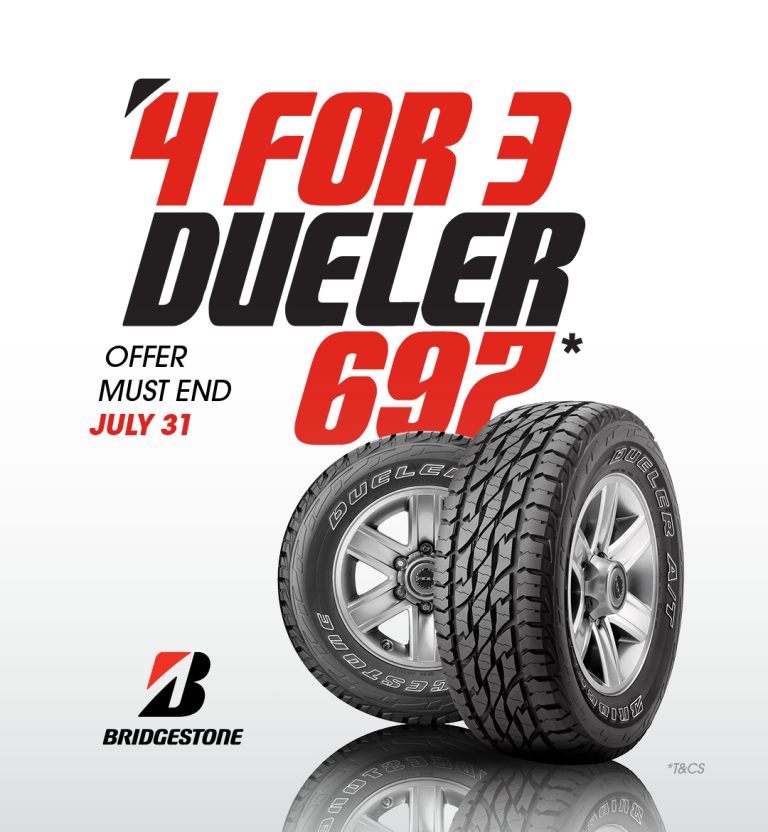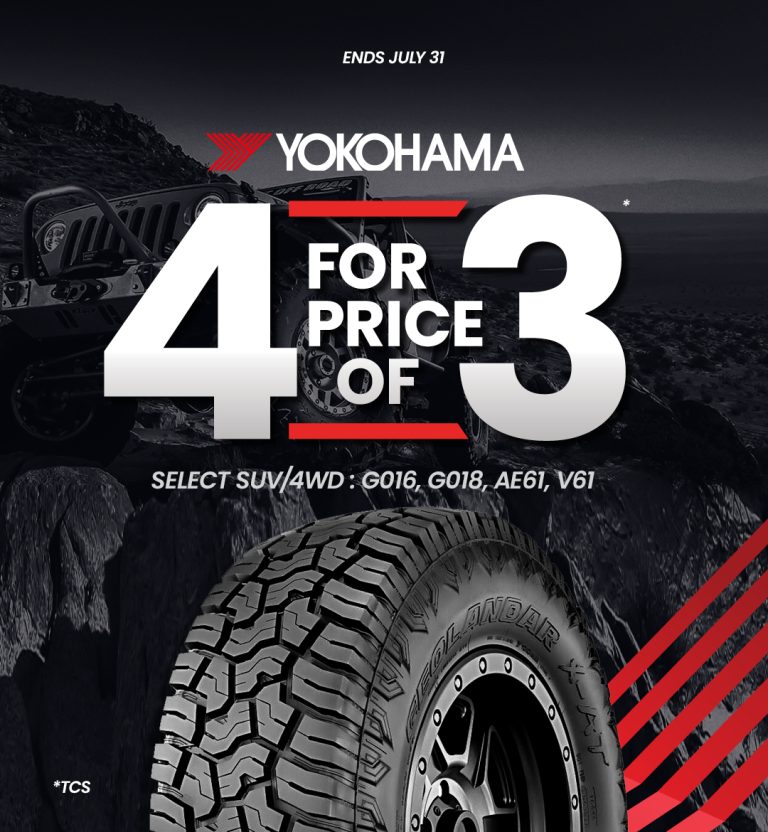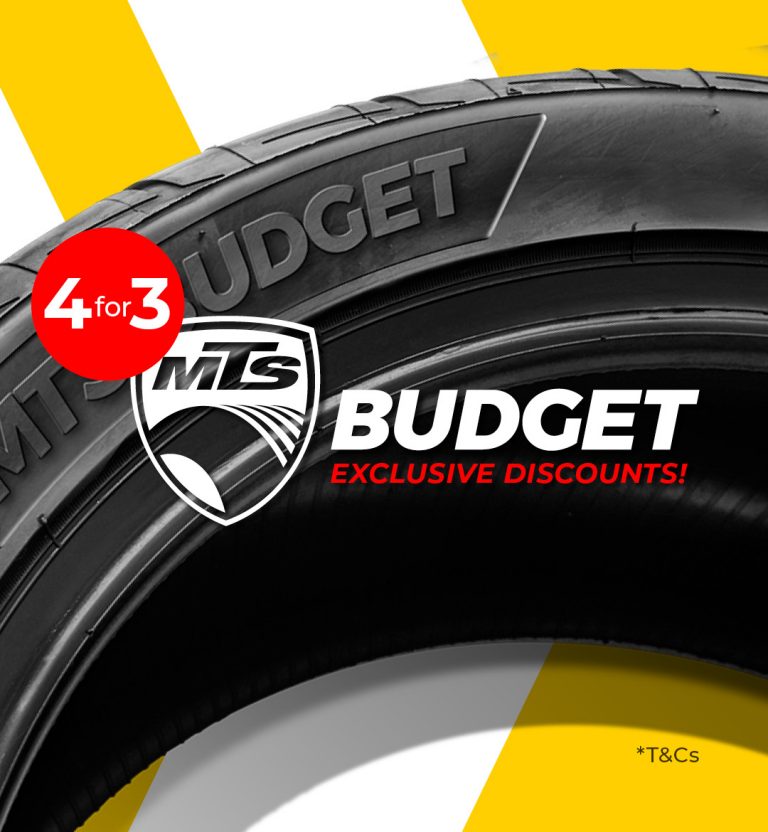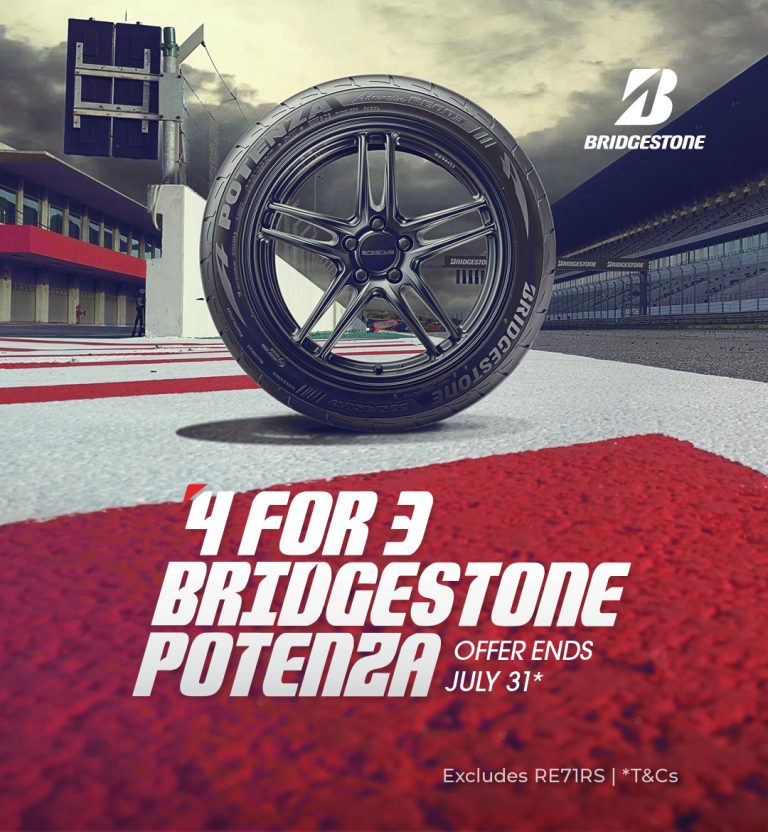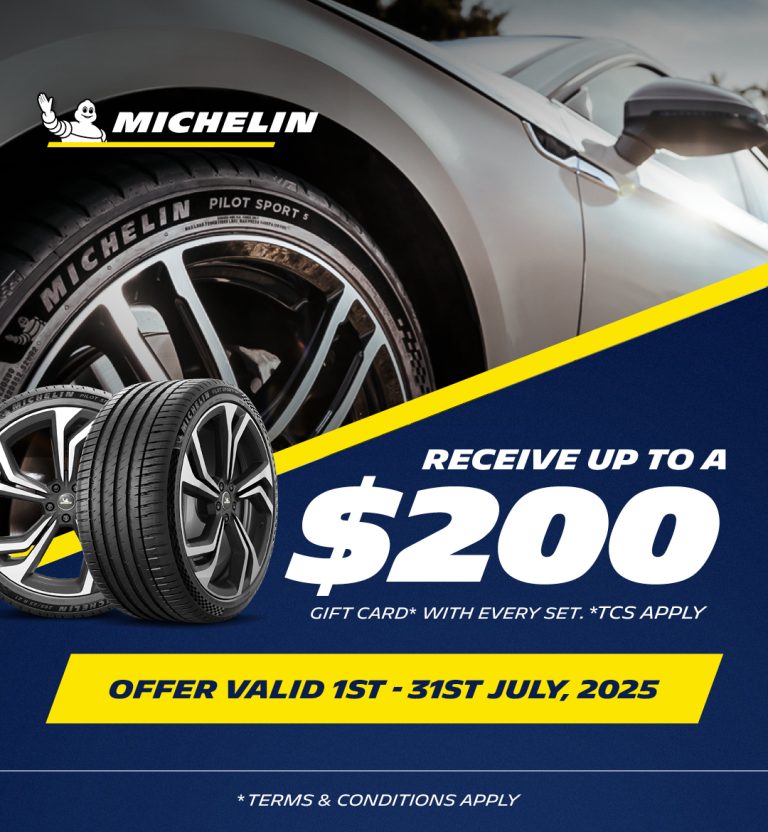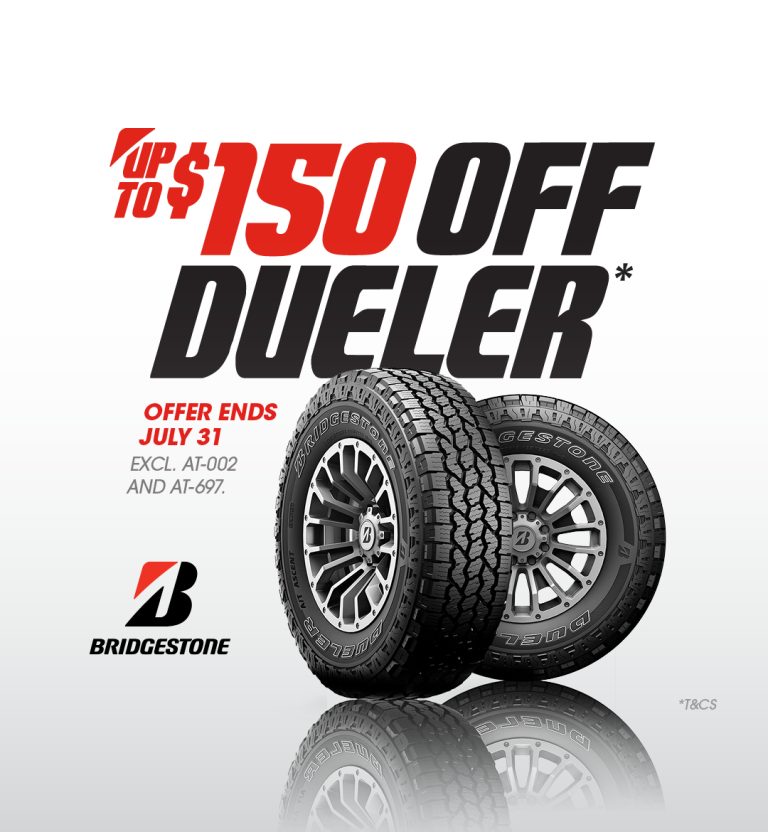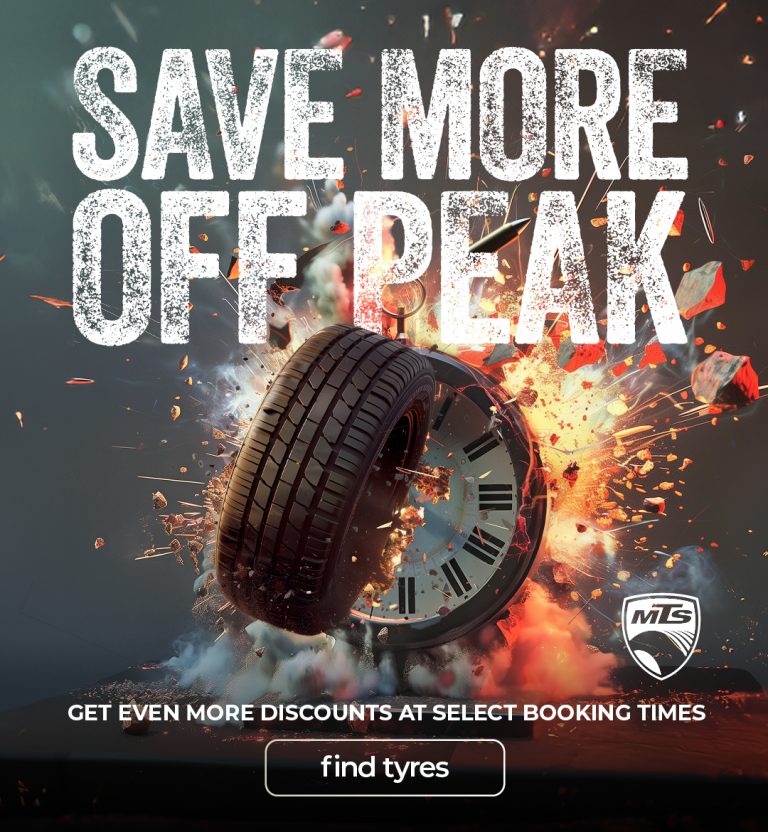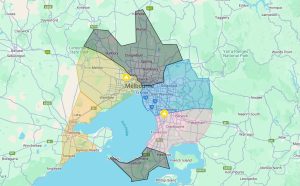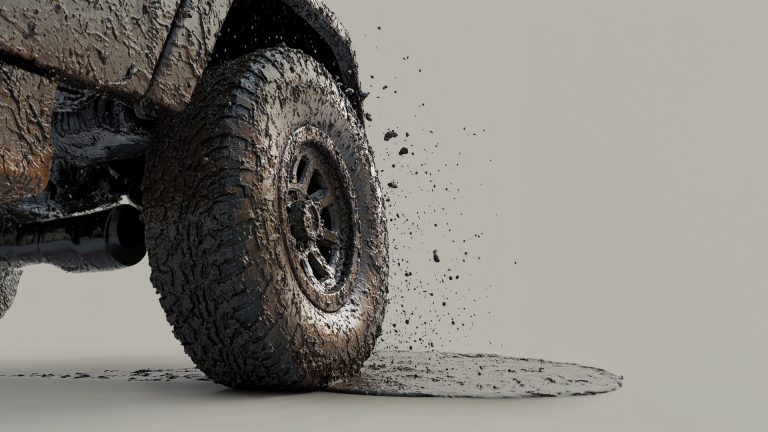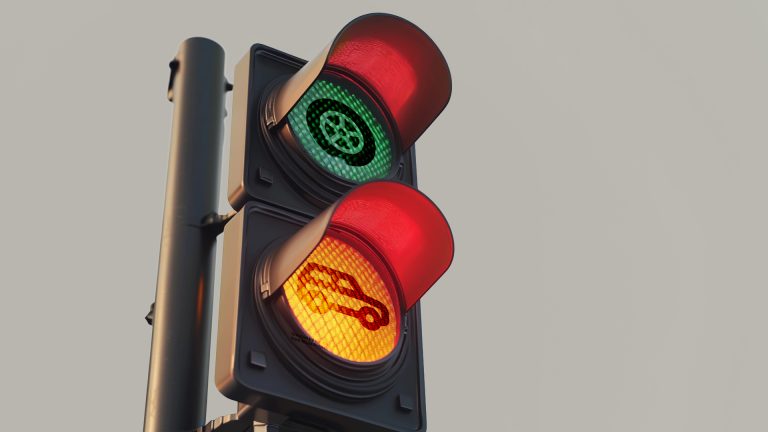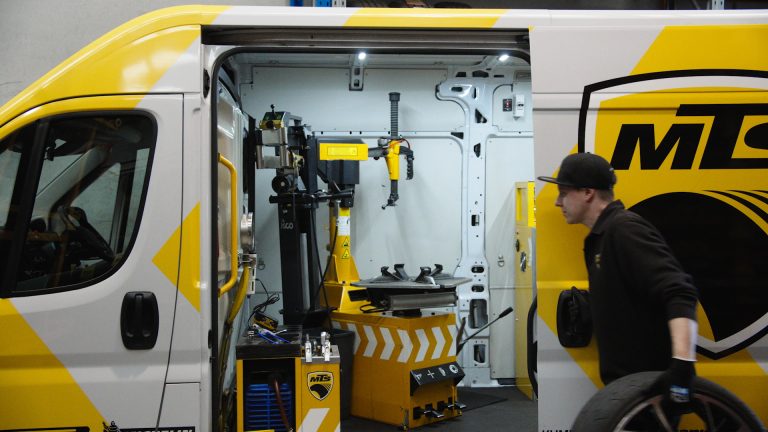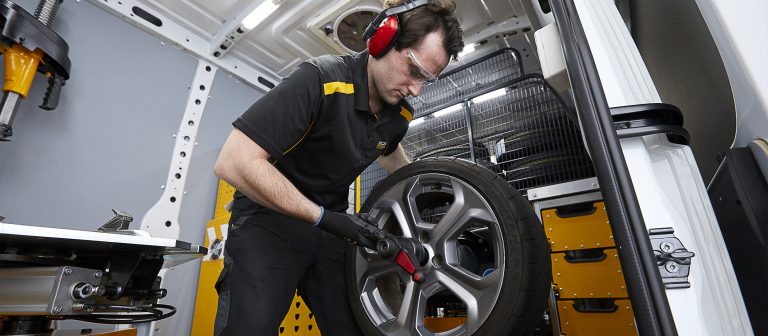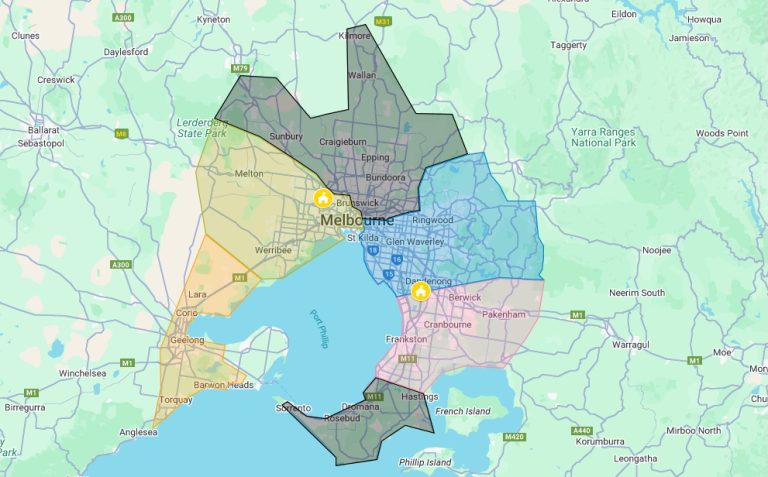27 Aug 2024
Top 5 4×4 Tyres for Beach Driving
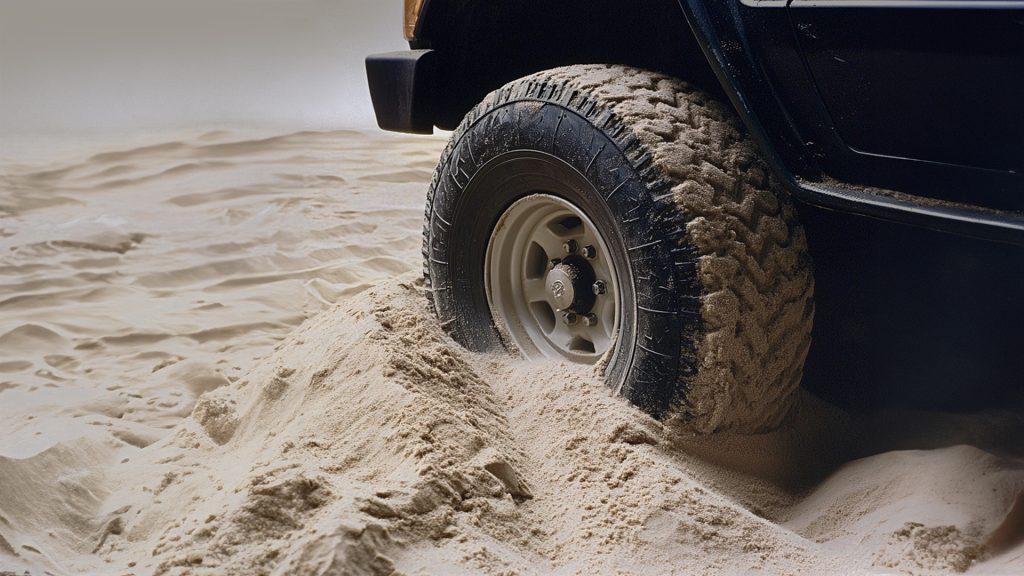
Driving across beaches or sand dunes can be truly exhilarating – giving you a chance to flex your technical skill while taking in the stunning views. In this article, we’ll discuss your options when it comes to tyres.
There are a number of variables that will influence your 4×4’s ability to drive in sand, such as tyre size, tyre width, tread pattern and tyre pressure. Additionally, many die-hard 4×4 drivers believe that driving in sand is an art, influenced by many other factors like power delivery, driving lines, diff locking and so on.
If you’re planning to head off for a weekend in the slippery stuff, there’s a lot to consider. One thing you should definitely keep in mind: if you choose to deflate your tyres when you hit the sand, don’t forget to re-inflate your tyres when you leave!
Choosing the right tyres
To ensure your 4×4 sand driving experience is safe, the right tyres are essential. Let’s take a look at the best tyres for beach driving, so you can tackle sandy surfaces with confidence:
All Terrain Tyres
All Terrain Tyres offer good performance both on and off the road. Their aggressive tread patterns offer superior traction across many different types of terrain, including rocky trails and muddy paths. These types of tyres have been designed with off-road driving in mind, and they offer excellent traction on loose surfaces such as gravel and sand.
These tyres are ideal for drivers who frequently encounter uneven terrain – whether it’s driving to a camping spot, tackling country roads, or navigating a sandy beach.
Pros:
- On-road and off-road versatility
- Respectable traction
- Longer tread life (compared with mud terrain tyres)
Cons:
- Less aggressive tread
- Sacrificed performance for extreme off-road scenarios
- Moderate road noise
Highway Terrain Tyres
Highway Terrain Tyres are a good choice if you want a tyre that balances on-road refinement with off-road capability. The optimised treat patterns reduce road noise and vibration, and they also offer decent fuel efficiency (compared with All Terrain tyres). These tyres offer the ultimate in versatility: they’re great both for on and off-road conditions.
Pros:
- Smooth and quiet ride on highways and city streets
- Fuel efficiency
- Long tread life
Cons:
- Limited off-road capability – they may struggle in challenging conditions
- Reduced mud traction
- Limited off-road durability
Mud Tyres
Also known as off-road tyres, mud tyres are specially designed for driving in muddy and challenging terrains. The unique tread pattern features deep grooves and big lugs, which helps these tyres dig into mud for better traction. The wide groove channels are also designed to be self-cleaning, working to push out mud and prevent it from becoming stuck.
These tyres are ideal for muddy trails and rocky surfaces, but on normal paved roads they can be noisy. Mud tyres can also make the ride rougher for street driving – therefore they’re primarily recommended for off-road adventures.
Pros:
- Aggressive tread pattern
- Self-cleaning
- Enhanced traction
Cons:
- Noise and vibration
- Reduced on-road performance
- Shorter tread life
Which of these tyres are best for sand?
We recommend using either All Terrain or Highway Terrain tyres for beach or sand dune driving. Both of these tyres are generally better for sand, due to their ability to maintain surface contact without digging in.
While Mud Tyres are not inherently bad for sand driving, they have some limitations. Specifically, the chunky tread pattern can potentially cause a loss of traction on sand, and the narrow footprint can increase your risk of getting stuck. While Mud Tyres are perfect for extremely challenging, muddy conditions, they’re not optimised for sand.
Top 5 recommended tyres for beach driving
Let’s take a look at the best tyres for sand driving, as recommended by our specialist team of tyre experts:
1.BFGoodrich Trail Terrain
Features:
- Suitable for adventures in all seasons
- Computer Optimised Footprint
- Full-depth 3D locking sipes technology
- Serrated Shoulder Design
BFGoodrich is a trusted brand among Australian off-roaders looking for toughness and rugged dependability. It’s a great choice if you’re looking for a tyre that can handle all kinds of weather conditions, plus the Serrated Should Design allows for optimised traction on sand.
The Computer Optimised Footprint facilitates enhanced control for sand driving, while the even pressure distribution improves floatation. Furthermore, the 3D Locking Sipes Technology ensures that as the tyres wear down, they’ll continue to perform well in sandy conditions.
2. Continental CrossContact AX6
Features:
- Open tread pattern
- Large tread blocks
- Silica Tread Compound for safety in wet weather
- Noise blocking technology
The Continental CrossContact AX6 is a great choice if you want a tyre that’s suitable both for road driving and off-road adventures. The open tread pattern helps to expel sand, while the large, serrated tread blocks enhance grip for additional traction in loose sand. Plus, noise-blocking technology contributes to a quiet, smooth ride.
This tyre also features a Computer Optimised Footprint, which ensures even pressure distribution when driving on sand. Additionally, the Full-Depth 3D Sipes provides lasting durability, so your tyres will remain effective for sand driving even as they wear down.
3. Michelin LTX Trail
Features:
- Suitable for on and off-road driving
- Open shoulder design
- Wide tread blocks
- Full-depth 3D sipes
- Noise reduction technology
Made from a robust rubber compound with reinforced sidewalls, the Michelin LTX Trail provides lasting durability even in off-road conditions. It features an optimised tread pattern that enhances grip and floatation on soft sand, to help your vehicle tackle sandy surfaces with ease.
The full-depth 3D sipes provide extra biting edges for consistent traction, while the computer-optimised footprint ensures even pressure distribution for better stability. This tyre is also very versatile – it performs well on paved roads as well as sand and gravel. You can also enjoy a quiet ride with noise reduction technology.
4. Bridgestone Dueler
Features:
- Longer wear life on and off road
- Large tread blocks and aggressive shoulder blocks
- Tougher construction for superior puncture resistance
- Quiet, comfortable ride on any terrain
The Bridgestone Dueler has been tested in the harshest Australian outback and found to have superior wear life and better resistance to cutting and chipping. This tough all terrain tyre also reduces noise in both new and worn condition.
The Dueler features large, open grooves which help to expel sand and maintain traction, while also preventing your vehicle from sinking. You can also use these tyres both for sand driving and road driving – noise reduction technology ensures a comfortable ride in any situation.
5. Pirelli Scorpion ATR
Features:
- Robust carcass and reinforced sidewall area
- Wide, rugged shoulder blocks
- Curved central grooves
- Noise reduction
The Pirelli Scorpion ATR is designed to perform well on various terrains, including sand, gravel and paved roads, making it a versatile choice for different driving conditions. If you need a reliable tyre for sand driving, the wide grooves of the Scorpion ATR provide good traction and will help to keep you afloat.
This is a highly durable tyre that is also quiet and comfortable. You can drive it on paved roads, and also enjoy stability and control when driving on loose sand. All up, this is a good option if you need a tyre that performs well both on and off the road.
Tyre pressure for sand driving
Before you set out on your sand safari, it’s important to adjust the tyre pressure to suit the conditions. Lowering the tyre pressure will increase the footprint of your tyre by spreading out the tread – this provides enhanced traction when driving on sand. Another advantage of a low tyre pressure is it provides improved floatation, helping your vehicle to glide over the sand rather than digging in. This will make it easier to navigate sandy terrain, while reducing your risk of getting bogged.
If you’re driving across firm sand, start with a tyre pressure of around 18-20 psi. This will improve traction without sacrificing too much stability, or risking tyre damage.
For soft sand conditions, we recommend a tyre pressure of between 12-15 psi. This pressure range is best for maximising floatation, and preventing the vehicle from sinking.
For deep sand or sand dunes, you might need to reduce your tyre pressure even more to provide sufficient flotation and traction. In extreme conditions, pressures as low as 10 psi may be required.
Remember: you should always inflate your tyres before you head back to the highway. Driving with deflated tyres on normal roads could lead to tyre failure, plus it puts you at an increased risk of having an accident.
Wheel and rim sizes for sand driving
Another important consideration is wheel sizes for 4×4 on sand. If you plan to do a lot of sand driving, it’s generally beneficial to choose a tyre with a larger overall diameter and a wider tread width, paired with an appropriately sized rim. A larger rim diameter (17 inches or larger) allows for a larger tyre diameter, which can increase ground clearance and improve flotation by reducing the pressure exerted on the sand. Additionally, larger rims can accommodate wider tyres, providing a larger contact patch for better traction.
Opting for tyres with a taller sidewall height (aspect ratio of 70 or higher) provides several benefits for sand driving. Alongside the benefit of improved ground clearance, taller sidewalls offer more flex and cushioning, allowing the tyres to conform to uneven terrain.
To achieve the right balance between tyre diameter and width, you’ll need to consider the weight and size of your vehicle. Heavier vehicles may benefit from larger diameter tyres with wider tread widths to distribute the weight more evenly and prevent sinking into the sand. You should also factor in the level of off-road capability you need from your vehicle: larger diameter tyres offer better traction and and floatation for soft sand, while smaller tyres might be sufficient for packed sand surfaces.
Sand driving techniques
Here are some tips for maintaining traction and avoiding getting stuck while driving a 4×4 on sand:
- Maintain momentum: Try to keep a steady speed at all times, especially on inclines and soft patches. Sudden stops or sharp turns should be avoided, as they can cause your vehicle to dig into the sand.
- Use low-range gears: This will help you maintain power and control. Using low-range gears will give you better torque, which is crucial for navigating through sandy terrain.
- Avoid weaving or turning: Driving straight is important, because any unnecessary turns could cause your tyres to lose traction. For best results, pick a clear path and stick to it.
- Don’t spin your tyres: If you feel your tyres start to spin, ease off the accelerator – spinning tyres can dig your vehicle into the sand.
- Invest in traction mats or sand ladders: Rubber traction mats or aluminium sand ladders can be placed under your tyres to provide traction and help you get unstuck.
- Watch out for soft sand: Be cautious of soft, powdery sand, especially near the waterline on beaches. This type of sand can be particularly challenging to drive on and may require higher tyre pressure or alternative routes.
How to recover a 4×4 when bogged in sand
If your vehicle becomes stuck in sand, it’s important to try and stay calm. Here are some steps you can follow to safety recover your 4×4:
- Assess the situation: Before attempting any recovery, assess the situation to understand the severity of the bogging and the condition of the surrounding terrain.
- Exit the vehicle safely: If it’s safe to do so, exit the vehicle and ensure all passengers do the same. Be cautious when exiting to avoid getting stuck yourself.
- Reduce tyre pressure: If you haven’t already done so, lower the tyre pressure to increase the surface area of the tyres in contact with the sand.
- Clear sand from around the tyres: Use a shovel to clear away sand from around the tyres, particularly from in front and behind them.
- Use traction aids: If available, place traction aids such as sand ladders or mats under the tyres.
- Rock the vehicle: If the vehicle is only slightly bogged down, you can try rocking it back and forth by shifting between forward and reverse gears to regain traction.
- Tow or winch assistance: If self-recovery attempts are unsuccessful, you may need assistance from another vehicle equipped with a tow strap, recovery rope or winch. Attach the recovery equipment to solid recovery points on both vehicles and use the pulling force to extract the bogged vehicle from the sand.
Maintaining your 4×4 for sand driving
If you frequently drive on beaches and sandy surfaces, here are some tips for keeping your vehicle in top condition:
- Inspect suspension components: Sand can accelerate wear on suspension components such as bushings, ball joints and tie rods. Inspect these components regularly for signs of wear, damage or corrosion, and replace them as needed.
- Tyre maintenance: Rotate your tyres regularly to ensure even wear, as driving on sand can cause uneven tyre wear patterns. Additionally, inspect the tyres for cuts, punctures, and sidewall damage, as sand particles can cause abrasions and weaken the tyre structure.
- Adjust tyre pressure: Before and after driving on sandy terrain, adjust the tyre pressure as needed.
We also recommend putting together a recovery kit that’s tailored for sand driving. Here are some items that could prove useful:
- Traction mats/sand ladders
- Digital tyre pressure gauge
- 4×4 tyre deflator
- Recovery straps and shackles
- Shovel (for clearing sand away from tyres, and digging)
4×4 sand driving: key points
Powering across a sandy beach provides a unique sense of freedom as you explore unique landscapes and follow endless horizons. The key to success is to make sure you’ve got the right tyres and recovery equipment to ensure safety while you’re out there having fun.
Here’s a summary of everything we’ve covered in this article:
- Choose tyres that are suitable for sand driving, such as All Terrain or Highway Terrain tyres
- For sand driving it’s generally best to choose tyres with a larger overall diameter and wider tread width, and a larger rim diameter
- Lower the tyre pressure before driving across sand
- While driving, use low-range gears, maintain momentum and avoid sharp turns
- If you get bogged, avoid spinning your tyres
- Carry a recovery kit (including traction mats) in case you get stuck
As long as you plan ahead, drive carefully and bring the proper equipment, you should be all set for an unforgettable sand driving experience. Oh, and don’t forget water and sunscreen – beaches and sand dunes can be hot!
Get the best tyres for beach driving from Mobile Tyre Shop
Explore our top tyres for sand and beach driving. Mobile Tyre Shop supplies the world’s best brands at competitive prices, plus we bring the tyre to you and provide a professional on-site fitting.
If you need advice, our expert team is here 7 days a week (8 to 5 pm AEST) to help – give us a call on 1300 084 014 to chat about your tyre options.


